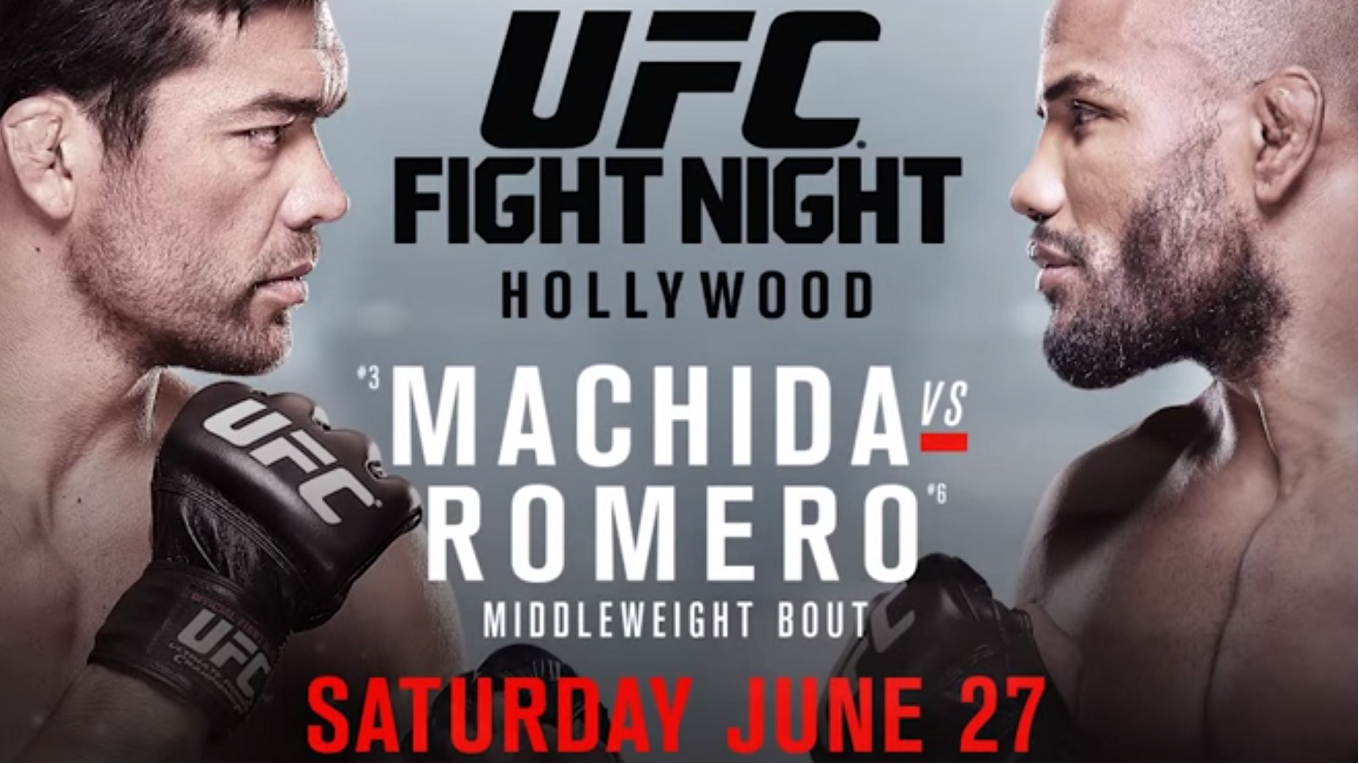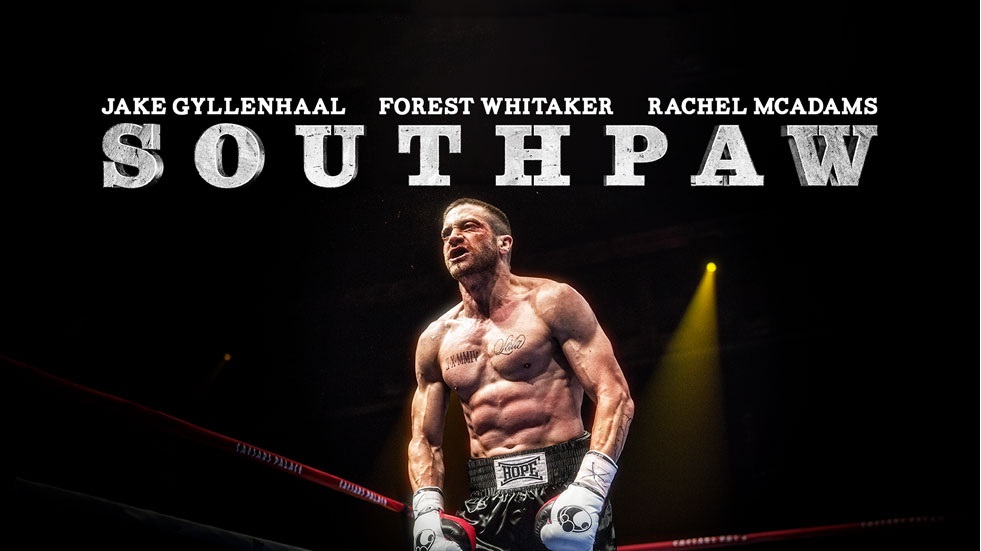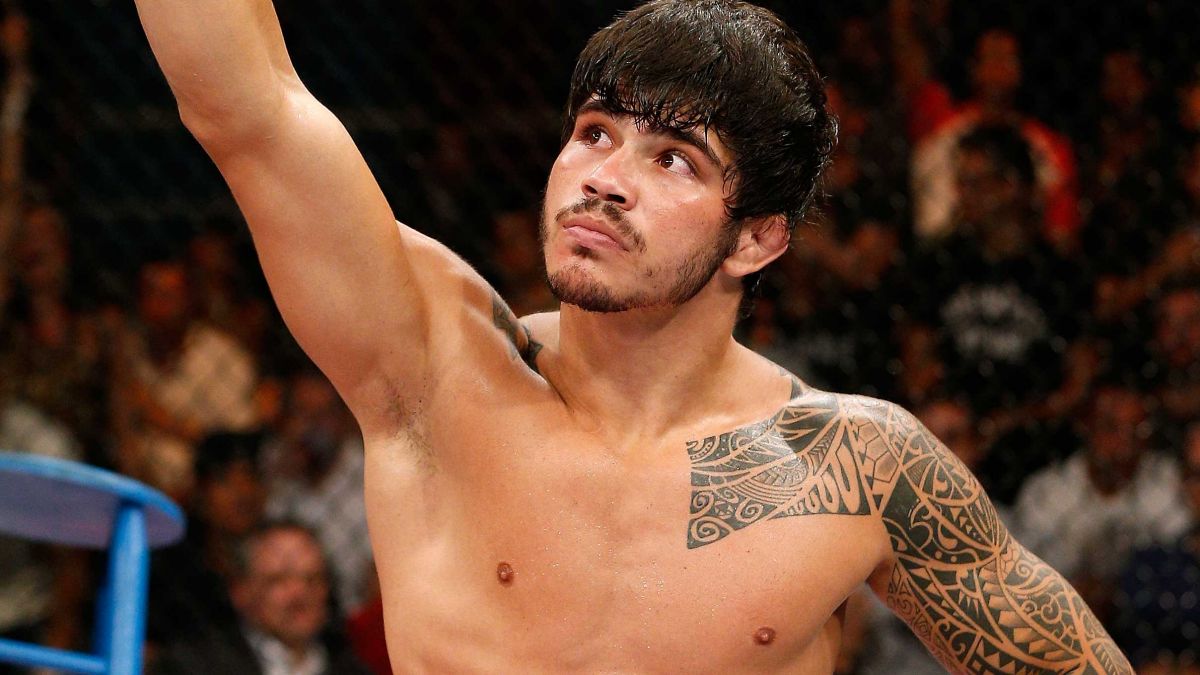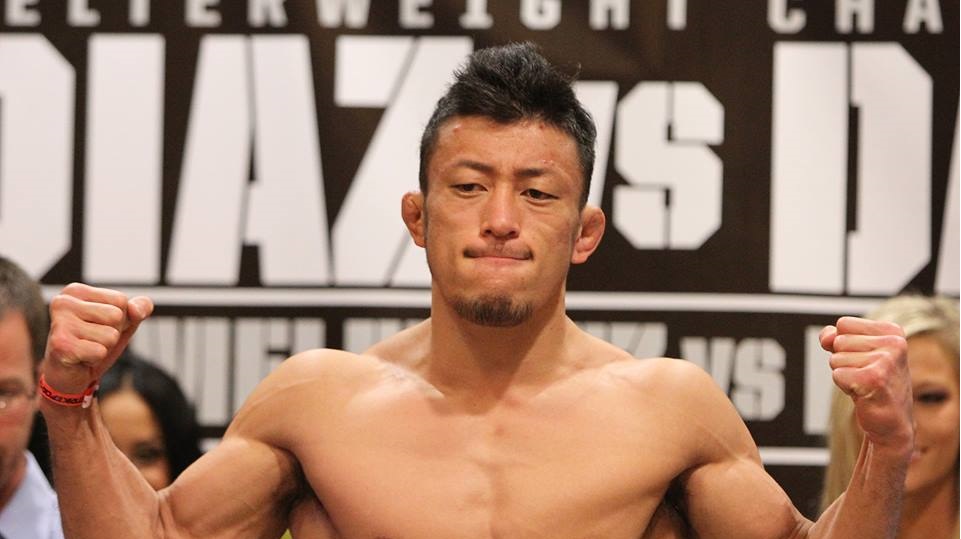
This Saturday the no. 3 and no. 4 contenders in the UFC middleweight division will meet in a fight that puts them alongside the somewhat unlucky Jacare Souza for next title shot. But while Yoel “Soldier of God” Romero is 9-1 and undefeated in the UFC, his fight with Lyoto “The Dragon” Machida is a rather glaring mismatch.
Despite being an Olympic wrestler, Romero shoots for takedowns sparingly. He prefers to go for takedowns out of the clinch or reversing position after sprawling. The only UFC fight which he actually dominated on the ground was his match against Brad Tavares, in which the Hawaiian insisted on initiating the clinch (against a wrestler . . . why?). Even when Romero gets the fight to the ground his top game is rather conservative; most opponents escape with minimal damage unless they are already hurt.
Counter intuitively, Romero is a striker whose wrestling is mostly opportunistic. Weirder still is that Romero has some facets to his game that more accomplished strikers do not.
On the feet, Romero has become proficient in a skill that escapes many high level combat sport athletes: ring cutting.
Even in boxing, ring cutting isn’t a skill that is found in abundance (Gennady Golovkin being the best current example). In an octagon with very shallow corners, it’s an even harder skill to acquire. It’s the reason fighters like Ian McCall and Anderson Silva have found so much success and why their most recent losses came against gifted ring cutters Jon Lineker and Chris Weidman respectively.
Take a look at this footage of Chris Weidman shuffling from side to side, cutting off Lyoto Machida’s escape.
Now look at Yoel Romero do the same thing against Derek Brunson.
 More subtle and a bit further off the fence, but still eerily similar huh?
More subtle and a bit further off the fence, but still eerily similar huh?
Romero is also comfortable changing stances but prefers fighting southpaw. While his favorite technique by far is his southpaw left hook, he mixes up knees from the thai plum (and occasionally flying), uppercuts and even leg kicks at max distance. He’s even shown proficiency in the side kick to the leg, sometimes chaining it into his left hand. Further admirable is that he possesses preemptive head movement i.e. moving head even before the punches start connecting.
So with Romero’s impressive wrestling pedigree and surprisingly advanced striking, why is this fight a mismatch?
Lyoto Machida is, and always has been, a counter fighter. At middleweight he has become more aggressive but he is still at his most comfortable maintaining distance while delivering stinging kicks and meeting opponents with straight punches when they try to come in. Fittingly, Machida’s most convincing losses have come against fighters who take advantage of his propensity for coming straight forward off his karate stance.
Jon Jones and Luke Rockhold held large reach advantages and forced Machida to come forward on their terms; Jones countered with his own straight punch to set up the winning guillotine while Rockhold allowed Machida to lunge past and knocked him off balance with a grazing punch and then mauled him. The most emphatic example was in the Shogun Rua rematch in which Shogun slipped the southpaw straight and landed a perfect cross counter.
So can Romero take advantage of this weakness? It’s hard to see how.
Romero gives up only 1″ in reach but gives up 3″ in height which forces him to swing upwards, reducing his effective reach. Machida may still come forward but he doesn’t have to placing the burden of initiating onto Romero. And while his flying knees and left hooks have worked wonders against lesser, rangier opponents Machida is far too savvy to fall prey to it.
Even if Machida darts forward, both fighters do their best work as southpaws. Romero isn’t a particularly talented straight puncher (common for shorter fighters) and his best weapon, the left hook, is on the wrong side to counter a southpaw straight.
While Romero has good ring cutting abilities he doesn’t possess the same weapons that made Weidman so dangerous against Machida. Weidman throw combinations with both hands, could kick off both sides and would frequently go for clinches and takedowns to sap Machida’s gas tank. Romero has shown to be very conservative in initiating clinches and takedowns and, without exaggeration, he almost always closes distance with his southpaw left hook. Cutting the ring against Machida won’t do any good with only one real weapon to force the action.
But what puts this match up firmly in Machida’s favor is that Romero doesn’t block kicks.
While Romero’s opponents kick infrequently (as is expected against a decorated wrestler) he still seems to have a hard time blocking them. His primary defense against strikes is similar to Shogun Rua; covering up and backing out. Against punches this is feasible but kicks are a far lengthier strike. Watch Romero try to back out of a telegraphed (watch the small lead step) leg kick by Clifford Starks only to take the full impact before his leg swings back in time.
Against body kicks, Romero usually tries to hop backwards and use his hands to “guide” the kick past him.
Machida throws snap kicks rather than roundhouse kicks, forgoing power in favor of speed and lack of telegraph which drives up his connection percentage. Romero’s little hop and guide method won’t cut it. Furthermore, as a southpaw, his kicks target the outside of Romero’s lead leg making it more difficult to “swing” away as well as the left side of his rib cage which can end the fight if it strikes the liver (hi CB Dolloway!).
This is a huge problem for Romero; He is a fantastic athlete but his Hulk-esque physique slows him down markedly by the end of the second round in most of his fights. How many fast, no telegraph kicks to the legs and ribs can Romero take before his offense becomes nonexistent? Even if he initiates takedowns and clinches more often, can he get the fight to the ground and do enough damage to compensate for how tiring it is?
I don’t think so.
Much larger, longer and stronger wrestlers like Rashad Evans, Ryan Bader and Phil Davis struggled with cornering Machida. All have great wrestling pedigrees yet all of them got starched with a straight punch as they tried to close in (Evans and Bader lost via knockout because of it). Romero may be more skilled on the feet but he is undersized and its hard to imagine him succeeding where his wrestling brethren had trouble.
If Romero suddenly displays new wrinkles in his game like herding Machida into a right hook when he circles left (e.g. Rafael Dos Anjos against Anthony Pettis) or faking a kick into a takedown, then this match becomes closer. But fans will most likely see Machida liquefying Romero’s internal organs with sharp kicks while the Cuban wrestling phenom swings at air. Once his gas tank is sapped Machida can leap in and out with combinations and run away with the fight.
It is a damn shame that the original matchup between Jacare Souza and Yoel Romero got scrapped because THAT is an interesting fight.
As it stands, Romero’s corner will probably be scratching the organ donation sticker off his driver’s license by the middle of the third round.
















